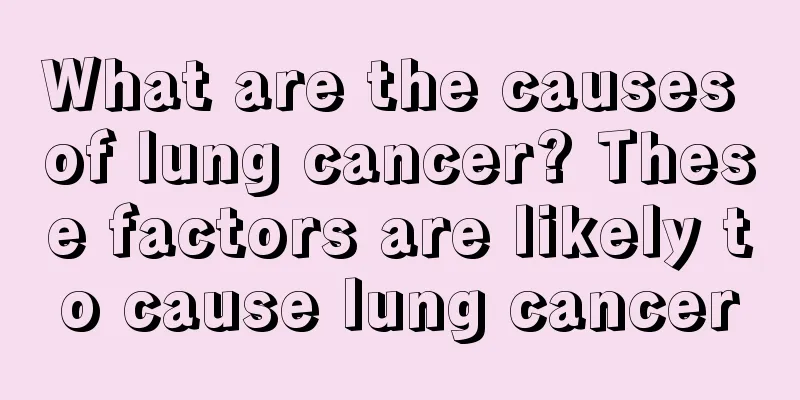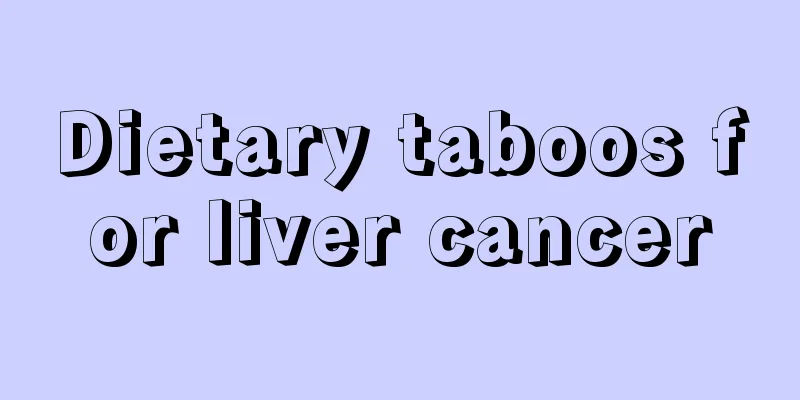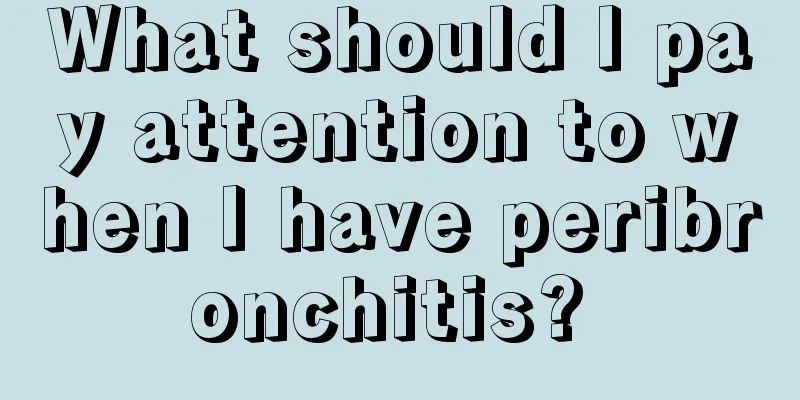What are the symptoms of low bone density?

|
As our living standards gradually improve, our work and life pressures are also getting greater, causing many people to be in a sub-healthy state. Some people often feel back pain in their lives, and this pain continues to spread to both sides of the spine. In fact, this is the phenomenon of osteoporosis caused by low bone density in the human body. What are the symptoms of low bone density? Here are the symptoms of low bone density. Symptoms of Low Bone Density Symptom 1: Weak legs and leg cramps When your bone density is low, you will usually experience weakness and weakness in your legs when walking, and sudden leg cramps when sleeping at night. These symptoms are more frequent among the elderly. In fact, this is a sign of low bone density. Do not supplement calcium blindly, but go to the hospital for a regular check-up in time. Follow your doctor's instructions after diagnosis. Symptom 2: Back pain Very low bone density can induce osteoporosis, with particularly pronounced pain in the lower back, which often spreads to both sides along the spine. The pain worsens when standing or sitting for a long time and is relieved when lying down. This is because when bone density is low, the vertebral trabeculae will atrophy and decrease in number, the vertebral body will be compressed and deformed, the spine will flex forward, and the lumbar muscles will double their contraction in order to correct the flexion of the spine, causing muscle fatigue and even spasm, resulting in unbearable pain in the lower back and back. Symptom 3: Hunchback, elongation and shortening Friends with very low bone density will develop hunchbacks and decrease in height over time. It usually occurs after chest and back pain has occurred for a period of time. Friends will be very distressed about this. Why is it so? Because the vertebral body is under great load, it is easy to be compressed and deformed after osteoporosis occurs, causing the spine to lean forward and the back to bend to form a hunchback, especially in the elderly where the condition is serious and the back is severely bent. At the same time, the spine is compressed and the vertebral bodies are shortened. The height becomes shorter. Symptom 4: Decreased respiratory function When the bone density value is very low, osteoporosis will occur, and compression fractures of the lumbar and thoracic vertebrae will occur, which will lead to kyphosis and chest deformity. The lung ventilation volume decreases, resulting in lower vital capacity, and the respiratory system becomes weaker. Patients will experience symptoms such as palpitations, chest tightness, shortness of breath, and difficulty breathing. Especially the elderly should be highly vigilant and seek medical treatment promptly if their condition is serious. Low bone density is a dangerous signal, reminding us to reflect on our living conditions. Pay attention to your diet, strengthen physical exercise, and find a balance between work and life through moderate adjustments. Being healthy is the prerequisite for having everything. Without a healthy body, no matter how great the success is, you will not be able to bear the joy. |
<<: How to deal with the burning sensation on your hands from cutting peppers
>>: How to suppress the broken hair on the top of the head
Recommend
How to protect eyesight
We are told since childhood that “eyes are the wi...
Is silver powder poisonous?
Silver powder is somewhat toxic. In daily life, s...
How to tell urinary tract infection from urine routine test
A routine urine test can help you understand whet...
The dangers of lactic acid accumulation
When running, some people feel their legs are ver...
Masturbation makes you weak, so you need to do this
Masturbation is something that many adult men and...
What are the treatment options for liver cancer? Six major liver cancer treatment options are recommended
Treatments for liver cancer vary. This depends on...
How to clean a non-stick pan
Nowadays, many families use non-stick pans when c...
How to remove sweat odor from underarms
When the weather is hot, people often suffer from...
What are the effects of thread lift?
The face shape is more three-dimensional and the ...
Liver cancer painkillers must be chosen rationally
Liver cancer is one of the most common cancers. H...
What to do if your hands sweat? Tips to prevent your hands from sweating
If your hands and feet sweat frequently, you shou...
Symptoms and treatments of high intraocular pressure
Eyes are used to observe the outside world. They ...
What is a hooked nose
Many people may have heard of the hooked nose. Wh...
What are the contraindications for the treatment of chickenpox?
Chickenpox is a highly contagious disease and is ...
How to prevent liver cancer? Recommend several foods to prevent liver cancer
Ginger is one of the most familiar edible ingredi...









